Table of content
Boiling dumplings is a culinary art that has been perfected over centuries, with various techniques and traditions passed down through generations. One method that stands out, particularly in certain regions, is boiling dumplings in cold water. While it may sound unconventional to those accustomed to the standard practice of dropping dumplings into boiling water, this technique offers a unique cooking experience that results in dumplings with a tender texture and flavorful consistency. In this comprehensive guide, we will explore how to boil dumplings in cold water, from preparing the dumplings to serving them hot and delicious.
Understanding the Process
Before diving into the specifics, it’s essential to understand why boiling dumplings in cold water works. Traditional wisdom suggests that starting with cold water allows the dumplings to cook more evenly, preventing the exterior from becoming overly tough while ensuring the filling is fully cooked. The gradual increase in temperature also helps the dumplings retain their shape and prevents them from sticking together or breaking apart.
Ingredients and Preparation
Before you begin, ensure you have all the necessary ingredients and tools ready. Here’s a basic list:
- Dumplings: Freshly made or store-bought, depending on your preference. For homemade dumplings, you’ll need dumpling wrappers, a filling (commonly meat, vegetables, or a combination), and water for sealing the edges.
- Large Pot: A pot large enough to comfortably hold the dumplings and enough water to fully submerge them.
- Cold Water: Fill the pot halfway with cold, tap water.
- Salt (Optional): Adding a pinch of salt to the water can enhance the flavor of the dumplings.
- Slotted Spoon or Strainer: For removing the dumplings from the pot once they are cooked.
- Bowl: For draining any excess water after removing the dumplings.
- Sauces and Condiments: Prepare your favorite dipping sauces, such as soy sauce, vinegar, sesame oil, or chili oil, to serve alongside the dumplings.
Step-by-Step Guide
Step 1: Prepare the Dumplings
If you’re making your own dumplings, start by preparing the filling. Mix your chosen ingredients until well combined. Place a small amount of filling in the center of each dumpling wrapper, then fold and seal the edges. You can create pleats for a more decorative finish if desired. Ensure the dumplings are securely sealed to prevent the filling from leaking during cooking.
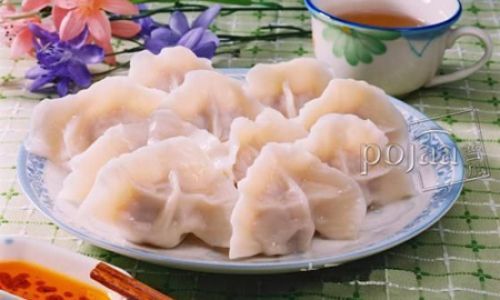
Step 2: Fill the Pot with Cold Water
Pour cold water into a large pot, filling it about halfway. If you’re using a large quantity of dumplings, you may need to adjust the amount of water to ensure they are fully submerged. Add a pinch of salt to the water, if using.
Step 3: Bring the Water to a Gentle Simmer
Place the pot on the stove and set the heat to medium-low. The goal is to bring the water to a gentle simmer rather than a rolling boil. A simmer is characterized by small bubbles breaking the surface gently. This slow increase in temperature helps the dumplings cook evenly and prevents them from bursting open.
Step 4: Add the Dumplings
Once the water reaches a gentle simmer, carefully add the dumplings to the pot. Be gentle to avoid splashing hot water and to prevent the dumplings from sticking to each other. If you’re cooking a large batch, you may need to do this in several batches to avoid overcrowding the pot.
Step 5: Maintain the Gentle Simmer
As soon as the dumplings are in the pot, do not stir them. Allow them to cook undisturbed. The gentle simmer will ensure they cook evenly on all sides. If you notice the water starting to boil too vigorously, reduce the heat slightly.
Step 6: Monitor the Cooking Time
The cooking time will depend on the size and thickness of your dumplings. Generally, fresh dumplings will take around 8-10 minutes to cook through. To check for doneness, carefully remove one dumpling with a slotted spoon and let it cool slightly. Cut it open to check if the filling is cooked. If it is, the rest of the dumplings should be ready.
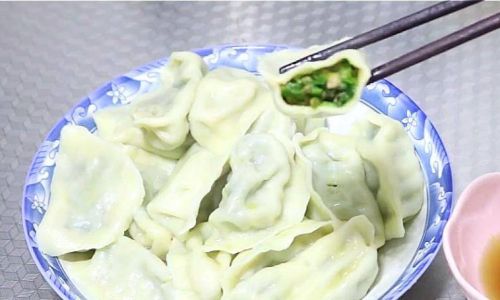
Step 7: Remove and Drain the Dumplings
Once the dumplings are cooked, use a slotted spoon or strainer to remove them from the pot. Let them drain in a colander or bowl to remove any excess water. Be careful not to overcrowd the strainer, as this can cause the dumplings to stick together.
Step 8: Serve and Enjoy
Transfer the cooked dumplings to a serving plate and serve immediately while hot. Offer a variety of dipping sauces for your guests to enjoy. The combination of flavors and textures will make each bite a delightful experience.
Tips for Perfect Dumplings
- Seal Properly: Ensure the dumplings are well-sealed to prevent leakage. A small amount of water on the edges can help the wrapper stick together.
- Avoid Overcrowding: Do not overfill the pot with dumplings. They need space to cook evenly and to float freely without sticking to each other.
- Watch the Water Level: If the water level drops significantly during cooking, you can add a little more boiling water (not cold) to maintain the level.
- Experiment with Fillings: Feel free to experiment with different fillings to suit your taste preferences. From classic pork and cabbage to innovative flavors like shrimp and bamboo shoots, the possibilities are endless.
- Serve Hot: Dumplings are best enjoyed hot and fresh. If you need to keep them warm, you can place them in a single layer on a baking sheet and cover with aluminum foil until ready to serve.
Conclusion
Boiling dumplings in cold water may seem unconventional, but it offers a unique cooking experience that results in tender, flavorful dumplings. By following the steps outlined in this guide, you can master this technique and enjoy delicious homemade dumplings that are sure to impress your family and friends. Whether you’re hosting a dinner party or simply treating yourself to a comforting meal, this method will elevate your dumpling-making skills to new heights. Happy cooking!
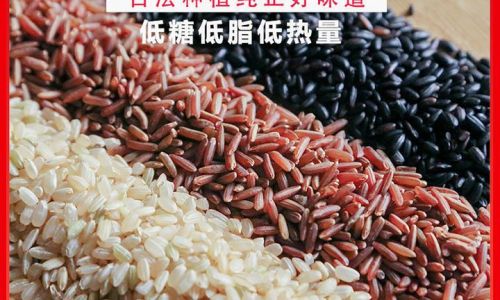
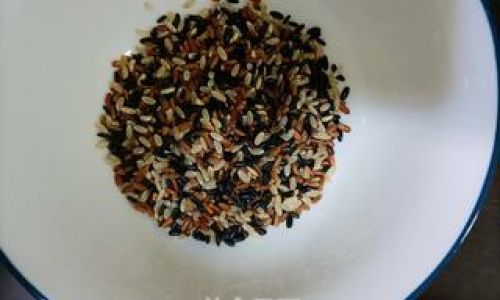
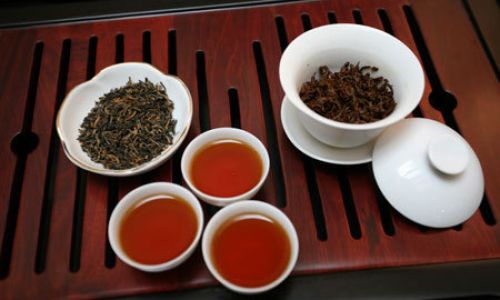
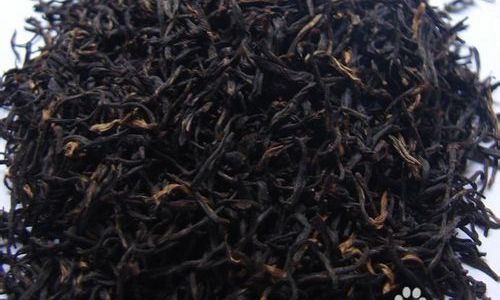
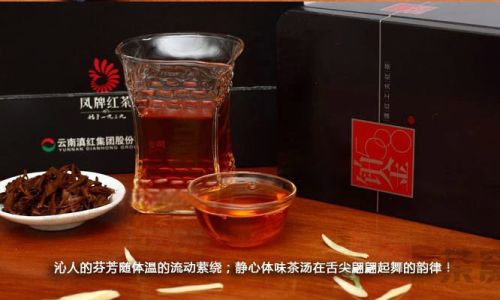
0 comments